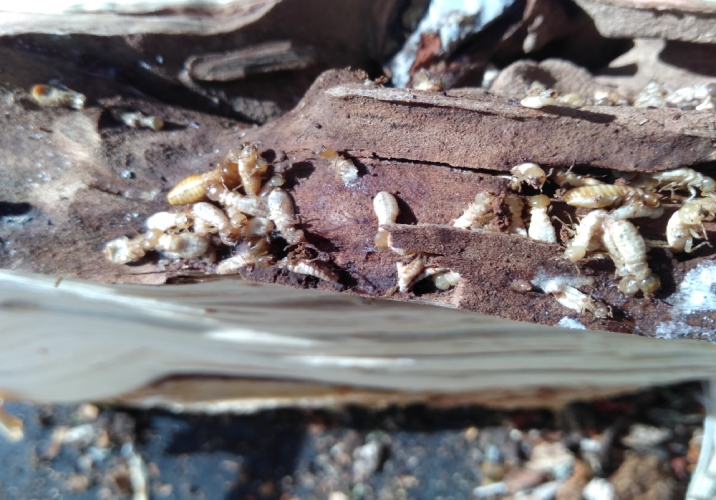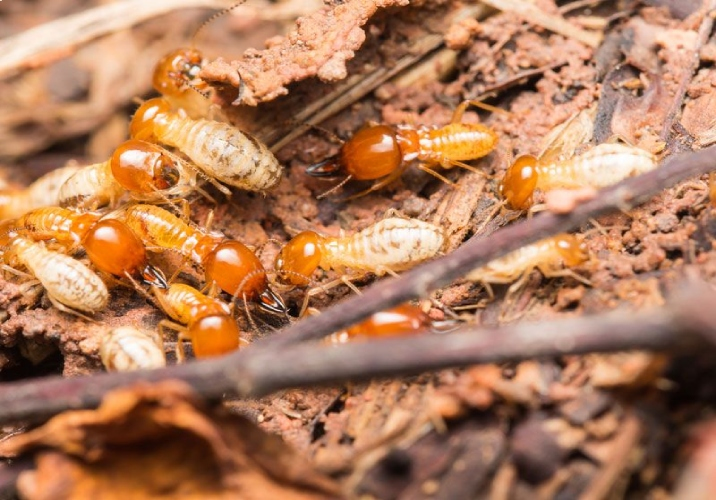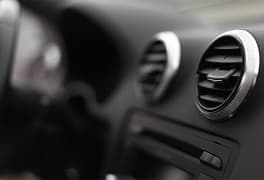
Find a local pest control expert
- Inspiration /
- Outdoor projects /
- Construction /
- A guide to white ants
A guide to white ants
White ants can cause serious damage to your home if left untreated. Know the signs and how to prevent them with our guide.
What are white ants?
White ant is a mistaken term used by individuals that do not recognise the physical qualities of termites. There is no such thing as a white ant, only termites that appear similar in movement and social behaviour.
Signs you have white ants
White ants or termites are destructive little creatures. They segregate around moist areas and chew wood in service until there is nothing left but splinters of wood. The naked eye quickly sees this once the affected area has been uncovered. Other signs that you may have white ants include:
Soft floorboards
A weakened area in your floorboards could be a sign that there are termites in floorboards and are nested beneath the surface. Worse yet, the beams may have been compromised and are weakening.
Hard to open windows
Moisture can form around the frame of windows and become a breeding ground for termites. Once they have set up a colony, the window frame can weaken and begin to stick where the wood is no longer stable.
Termite droppings
Termites will kick the droppings out of their nest, leaving a pile or a trail of dark substance that is powdery. Some resemble tiny pellets that are called frass. Tracks of frass may also be evident going up walls or along joints.
Galleries in wood
If you find dips in door frames, skirting boards or window architraves, this could be evidence of termites. They will chew a fresh board and leave small galleries in the wood that are noticeable.

Mud trails up the side of home/building
Other signs of termites are skinny mud trails that run up the side of a home, inside or out. This is caused by droppings being scooted from piles outside of their cavities.
Faint noises coming from the walls
Faint sounds can often be heard from behind the walls that sound like tapping or chewing. While the noises may seem tiny and muffled, the termites are busy at work on your wood.
Benefits of white ant treatment
You may think that eliminating the colony of termites will rectify the problem. However, it is a lot more complicated than this. White ants will continue to return in search of food and stumble upon the same area as the others found. Keep these points in mind.
Effectiveness
A termite treatment must be sufficient for the problem to be solved. There are flying white ants that are probably searching for new breeding areas. The termite queen can lay up to one thousand eggs per day, so using an effective method of containment and trapping is imperative.
Prevention
Termites come in from the outside, so this is where prevention methods should begin. Keep dampness away from exterior house walls. Be sure to have regular inspections of white ant damage to make sure termites have not found another route inside your home. Keep water sources as far away from the foundation as possible.

Protection
Experts on white ant treatment will set up physical barriers to prevent and protect your home from returning termites. This is an excellent way to protect from another invasion, but having routine inspections will protect you from other areas becoming vulnerable.
Why do I have white ants?
Do not think that you have done something to draw white ants to your home. These insects are just on the hunt for food and shelter, and your property may be tempting. Termites need cellulose (wood), moisture and warmth to survive. Many species of white ants are already living underground and are in search of food. When building begins for a new structure, wood and concrete are the most common types of foundation. They will find this wood and make plans to move right in with you.
What is the difference between white ants and termites?
Ants and termites are similar in how they look, move and live. However, there is no such thing as a white ant. It is a termite. People began referring to termites as white ants because of the similar bodies, but you will never find an ant that is white or clear.
How often should I check for termites/white ants?
It is recommended to have your house inspected for termites once a year. However, suppose you are recovering from an infestation of termites. In that case, the specialists may place you on a management program for more frequent visits. If you have never had treatment for white ants and want to be safe, one to two years is recommended. Always be assertive to the fact that termites can move in anytime, so keep a sharp eye out for the possibility of termite damage.
Contact local pest control experts
How to get rid of white ants
Getting rid of white ants is no easy feat. It takes a professional with the right knowledge of what type of termite you have. There are over 300 different species of termites, and some are more dangerous to wood than others. There are also DIY products on the market. Still, they will help very little in tracking their habits, closing off their ability to gain entrance and to prevent any future activity. Always call a pest control expert and make sure they have the following credentials:
- Licensed in the trade
- Insured against damage to the residence
- Work guaranteed for a specific length of time
- List of references and recommendations
- How long in the business
How much will your job cost?
The Oneflare Cost Guide Centre is your one-stop shop to help you set your budget; from smaller tasks to larger projects.



